Are you ready to hit the road with your trailer? Before you do, it's important to make sure your towing setup is safe and stable.
That's where weight distribution hitches and sway bars come in!
A weight distribution hitch is designed to evenly distribute the weight of the trailer across the towing vehicle, minimizing the risk of sway and ensuring a smoother ride.
On the other hand, a sway bar focuses on reducing the lateral movement of the trailer, preventing it from swaying from side to side.
In this article, we'll explore the ins and outs of weight distribution hitches and sway bars, including how they work and their pros and cons.
By the end, you'll be ready to hit the road with confidence and safety!
Differences Between Distribution Hitch and Sway Bar
It's important to know the differences between a weight distribution hitch and a sway bar to ensure your safety and stability on the road.
Here are some key distinctions to remember:
Function
A weight distribution hitch (WDH) improves towing stability by distributing the trailer's tongue weight evenly across the tow vehicle's front and rear axles.
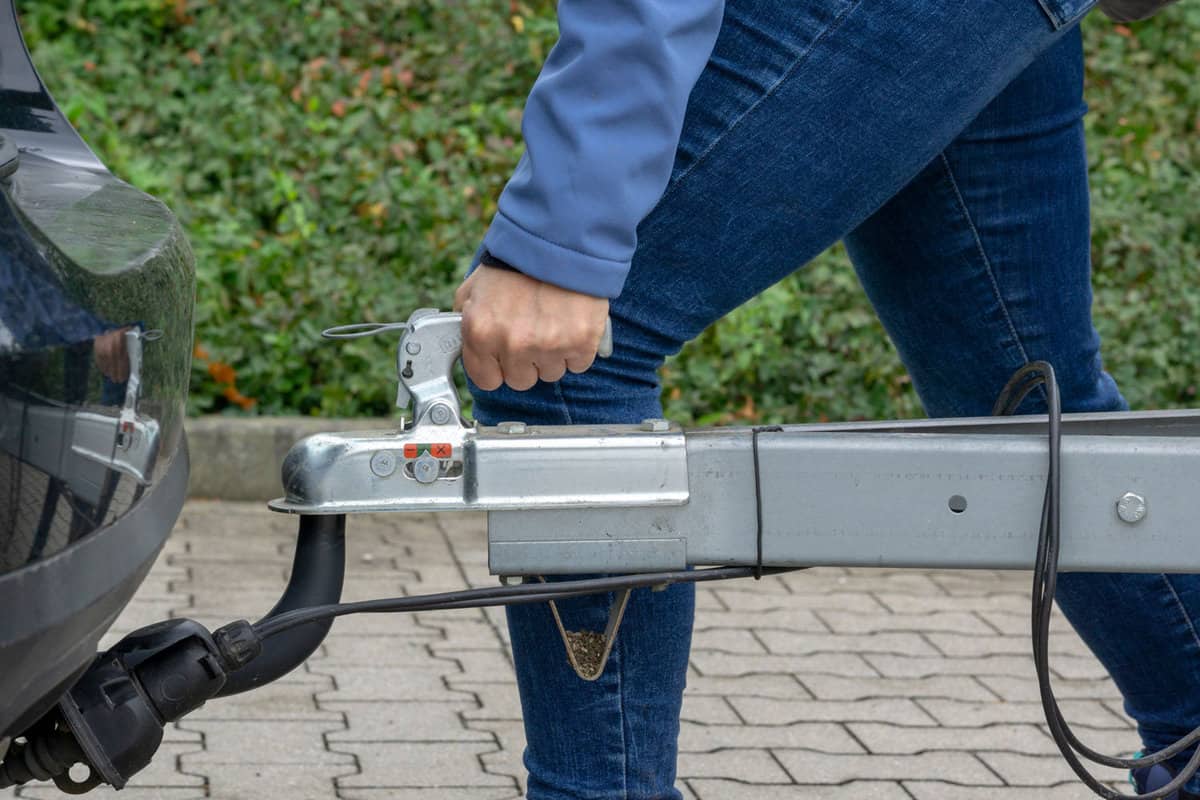
On the other hand, a sway bar (also known as a sway control) focuses on minimizing sway or swaying motion caused by wind, passing vehicles, or uneven roads.
Use
Weight distribution hitches are typically used for heavier loads, especially when the trailer's weight is more than 50% of the tow vehicle's weight.
Sway bars are ideal for lighter loads and trailers prone to swaying due to their shape or load distribution.
Capacity
WDH systems generally have a higher weight capacity than sway bars, making them suitable for larger and heavier trailers.
Sway bars, although less capable in terms of weight capacity, provide adequate sway control for moderately weighted trailers.
Noise
Weight distribution hitches can sometimes be noisy due to the friction between the system's components.
Sway bars produce less noise during operation, making them a quieter option.
Where it’s Attached
A WDH system attaches to the tow vehicle's hitch receiver and the trailer's A-frame. In contrast, a sway bar connects directly to the tow vehicle's rear and the trailer's frame.
Flexibility
WDH systems typically allow more flexibility in trailer movement, making it easier to reverse and maneuver.
Sway bars may require removal before reversing, as they can limit the movement of your trailer.
Are Weight Distribution Hitch and Sway Bars the Same Thing?
No. While they have some similarities, they are not exactly the same thing.
A weight distribution hitch is designed to evenly distribute the weight of your trailer evenly, while a sway bar primarily focuses on controlling the side-to-side sway of your trailer.
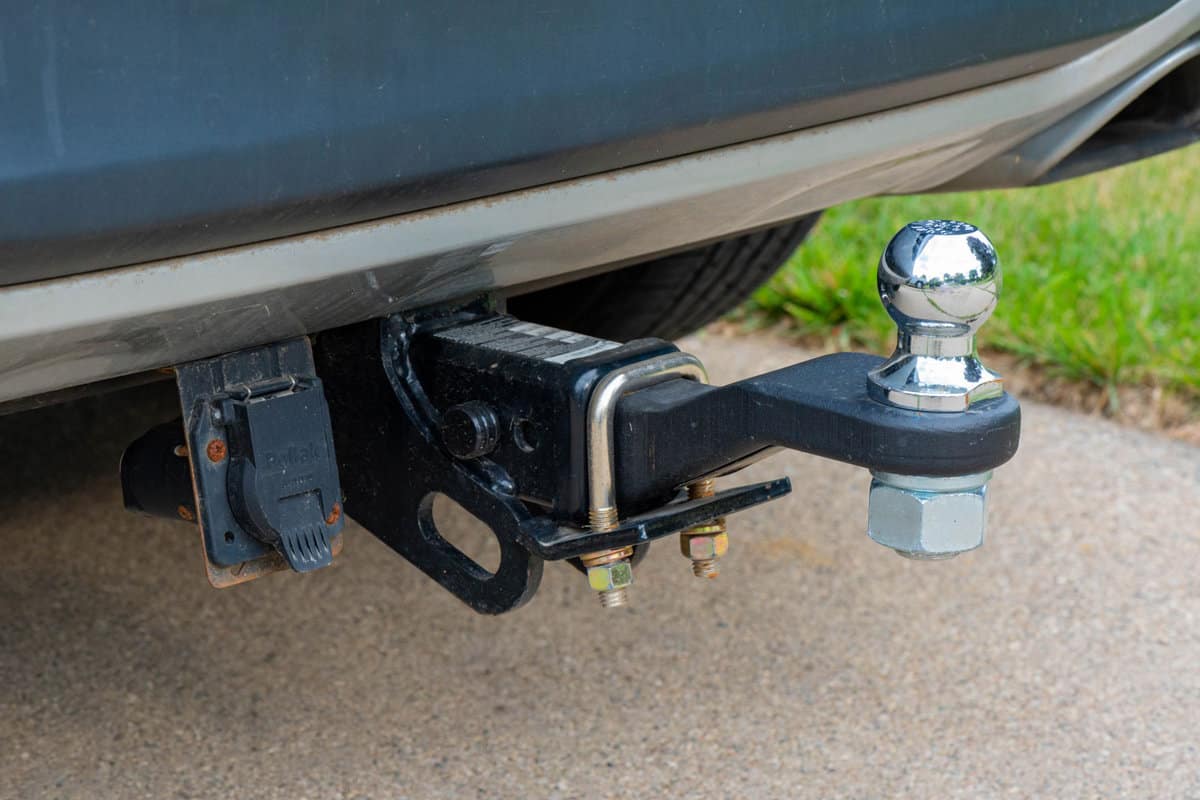
When it comes to their functionality, a weight distribution hitch can also help correct trailer sway when it's paired with a sway control system.
However, a standalone sway bar doesn't distribute weight (more on this later).
What is A Weight Distribution Hitch & How Does It Work?
A weight distribution hitch is a towing accessory that helps evenly distribute the weight of a trailer across both the tow vehicle and the trailer, allowing for a smoother towing experience.
Weight distribution hitches work by using spring bars or chains to distribute the force of the trailer across the entire towing setup.
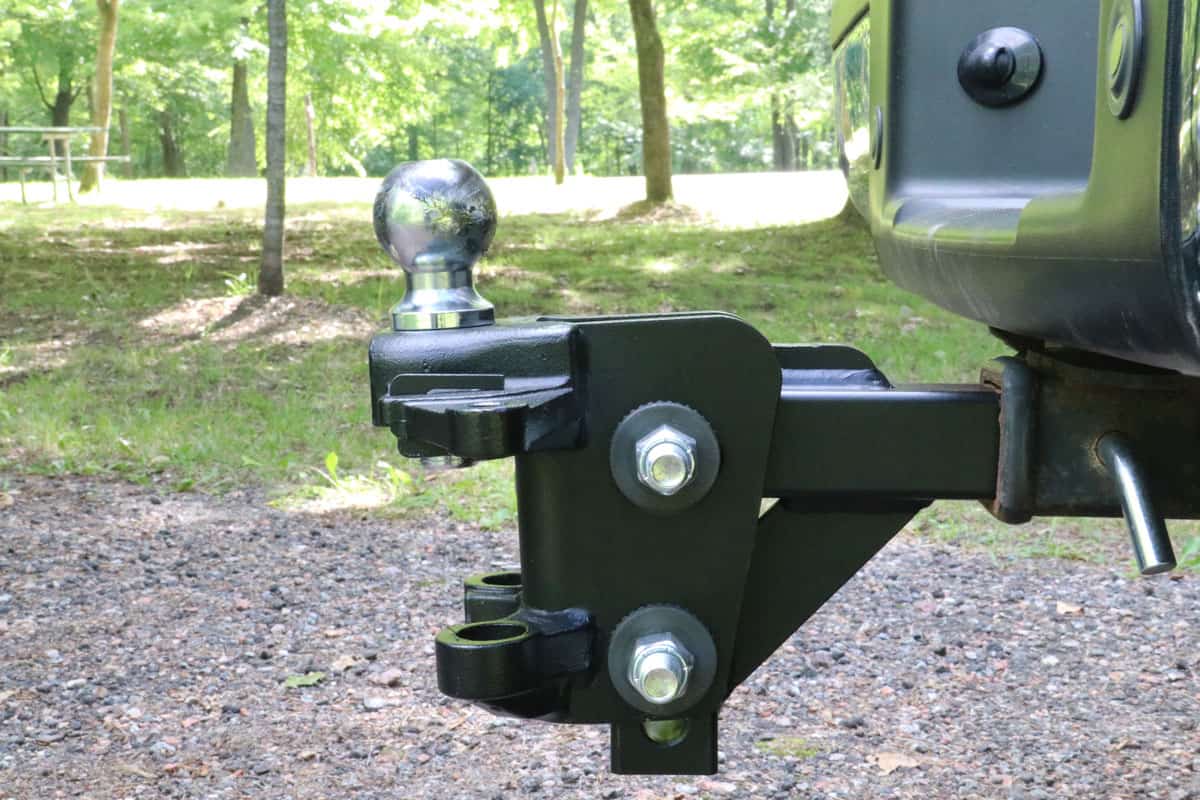
When you attach your trailer to your tow vehicle, the trailer can cause the rear of the tow vehicle to sag, which can affect its stability and performance.
But with a WDH, the spring bars apply upward force to the trailer's tongue, lifting the front of the trailer and transferring some of its weight to the tow vehicle's front wheels.
Typically, a weight distribution hitch can distribute the tongue weight of a trailer in the following way:
- 40% to the front wheels of the towing vehicle
- 40% to the back wheels of the towing vehicle, and
- 20% to the axles of the trailer
For illustration purposes, let's say you're towing a trailer with a tongue weight of 2,000 lbs.
Without a weight distribution hitch, the weight of the trailer is likely to cause the rear of the tow vehicle to sag, which can affect its stability and performance.
However, with a weight distribution hitch, the tongue weight can be equally distributed around the components of the towing vehicle.
For example, a weight distribution hitch can distribute 800 lbs of the total tongue weight to the back wheels, 800 lbs to the front wheels, and 400 lbs to the axle in the trailer.
Related: How Much Weight Does A Weight Distribution Hitch Reduce Tongue?
Important Functions of a Weight Distribution Hitch
From the explanation above, you probably already have an idea of the important functions of a weight distribution hitch.
But to make things easier for you, we've summarized them below:
- Ensure a smooth, level ride: A weight distribution hitch helps maintain a level ride, preventing the tow vehicle's rear from sagging and the front from lifting.
- Maximize towing capacity: By distributing weight evenly, this hitch allows you to tow at the maximum capacity allowed by your hitch, as mentioned.
- Improve steering and stopping: With an evenly distributed weight, steering and stopping is much safer and more comfortable.
- Correct trailer sway (when used with sway control): Some WDH also include sway control, helping to prevent dangerous trailer sway while driving.
Pros and Cons of A Weight Distribution Hitch
We'd also like to share some of the pros and cons of a weight distribution hitch for your further notes. Here are a few:
Pros:
- Safer and smoother towing experience
- Improved handling and steering control
- Better braking performance
- Great for larger and heavier trailers
Cons:
- Can be noisy
- Often more expensive than a sway bar
- More complex installation process
- Some systems may not include sway control
What is a Sway Bar and How Does It Work?
A sway bar, also known as an anti-roll bar or stabilizer bar, is an important component of your vehicle's suspension system.
It reduces body roll during cornering and helps maintain stability when towing a trailer.
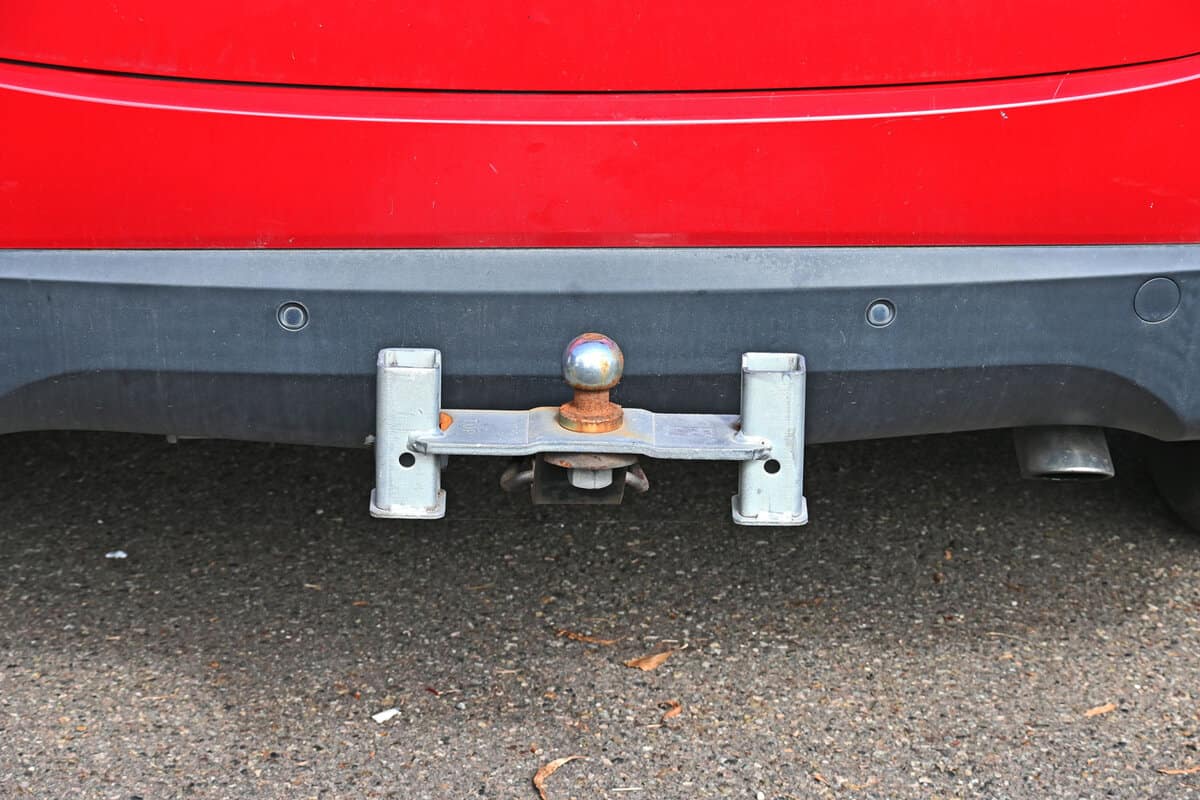
The sway bar is a torsion spring that connects the left and right wheels of your vehicle through short lever arms.
When you take a turn, the suspension on the outer wheel compresses, and the sway bar resists this compression by transferring some of the load to the inner wheel.
Simply put, the sway bar reduces body roll or swaying and keeps the vehicle level, improving handling and stability.
Important Functions of a Sway Bar
Here's a breakdown of the important functions of a sway bar.
- Cornering stability: By connecting the suspension components on either side of the vehicle, sway bars help maintain balance and control while turning.
- Towing safety: Sway bars can help prevent trailer sway, which is especially important when towing large or heavy loads.
Continue reading: Can You Tow A Travel Trailer Without Sway Bars?
Pros and Cons of A Sway Bar
Pros:
- Improved handling and stability when cornering
- Reduces body roll for a more comfortable driving experience
- Enhances safety when towing trailers
Cons:
- May contribute to stiffer suspension, sacrificing comfort in some driving situations
- Additional weight and complexity added to the vehicle
- Potential for increased tire wear
When to Use a Weight Distribution Hitch?
The best way to know when to use a weight distribution hitch is to compare your vehicle and trailer weights.
Generally, you'll need a hitch when what you're towing is about half bigger than your vehicle. Otherwise, a weight distribution hitch is particularly beneficial when:
- The rear of the towing vehicle sags when connected to the trailer.
- The front of the towing vehicle rises when connected to the trailer.
- You're experiencing difficulty steering and stopping your towing vehicle.
- You're dealing with trailer sway, especially when paired with sway control.
Related: Does Weight Distribution Hitch Reduce Sway And/Or Sagging?
When to Use a Sway Bar?
Honesty, it's always a good idea to use a sway bar, no matter how small or large the trailer is. This ensures your vehicle doesn't tilt too much when turning.
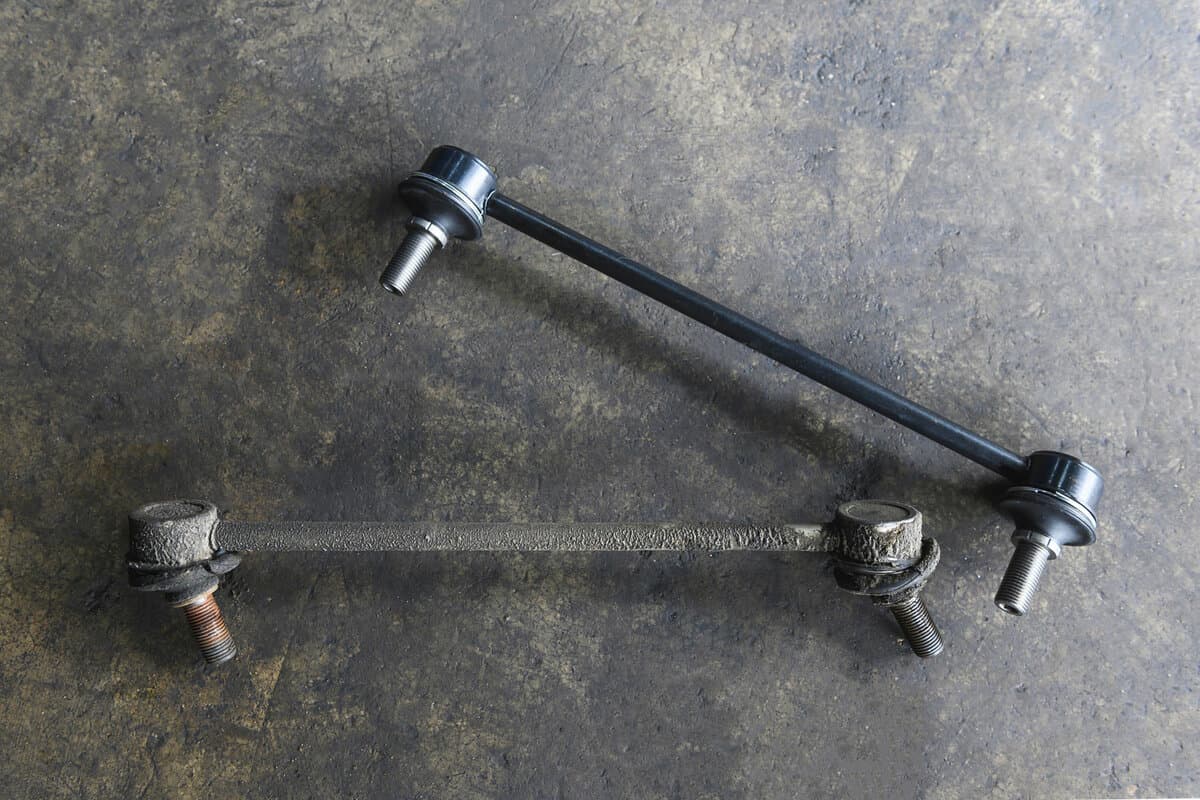
Besides keeping you safe, they also help keep your wheels balanced and improve your grip on the road.
How Do Weight Distribution Hitch with Sway Controls Work?
When towing a trailer, a standard hitch with a ball mount may not be enough to regulate the movement of the towed vehicle during the drive.
Without proper regulation, the trailer can experience significant swaying and move over a 90-degree angle, causing slippage on the roads.
You can achieve sway control by using a sway bar or a weight distribution hitch with sway control.
A weight distribution hitch with sway control works by redistributing the weight of the trailer evenly across the towing vehicle and the trailer's axles.
With this, you get to minimize the side-to-side movement of the trailer and reduce the risk of swaying.
Putting it All Together
Ultimately, the choice between a weight distribution hitch and a sway bar depends on your specific needs and towing situation.
A weight distribution hitch is invaluable for most towing tasks, especially when dealing with large trailers and uneven weight distribution.
Sway bars are particularly useful in addressing trailer sway related to turns and body rolls.
In many cases, using both a weight distribution hitch and sway control together can give you the best towing experience.
We hope this information helps you make an informed decision for your next towing adventure.
